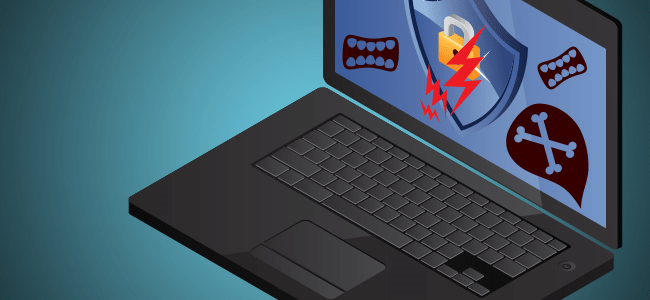The words ‘Spectre’ and ‘Meltdown’ have been making the cybersecurity headlines frequently in the past few days and has been unnerving mobile device users across the world. In this blog, let’s take a look at what ‘Spectre and Meltdown’ issue is, the dangers it poses, and how they can be handled.

What are Spectre and Meltdown?
Both Spectre and Meltdown are processors which can be found in almost all the computerised devices like laptops, smartphones, tablets etc., Like with any other processor chip, Spectre and Meltdown are responsible for running essential processes on your devices and handle extremely sensitive data like your passwords and encryption keys.
The Spectre and Meltdown vulnerability, which was revealed on Jan 3, is a security vulnerability found in these processor chips, which can be exploited by hackers to capture sensitive information (like passwords, encryption keys) and use them to their advantage. So, without a doubt, this is a serious security threat.
What Is The Security Vulnerability?
With Spectre, the security flaw is with its speculative execution process. The moment Spectre starts this process, the sensitive information it contains become easily hackable (that is, vulnerable). With Meltdown, the security flaw is that it allows hackers easy access to the device operating system such as Windows, Android, iOS etc.,
Is There Real Danger? Has Anyone Been Hacked?
While the security threat is indeed serious, thankfully many processor chip manufacturers like Intel are about to release the relevant security patches. Intel just announced that ’90 percent of chips released in the last five years will have fixes available by Jan 13′. And for the rest of the chips, security patches will be available soon.
Another good news is that no substantial evidence has surfaced which indicate that hackers are successfully exploiting these security vulnerabilities. Moreover, hackers first need to install malicious software on your computers in order to take advantage of these security flaws – which is not that easy. These issues related to ‘Spectre and Meltdown’ make them appear ‘not-so-powerful’.
How To Protect Your Devices?
Unfortunately, if this threat materializes, there is little you can do other than wait for the security patches to be released by the respective chip makers and computer companies.
- Install Anti-Virus Programs: Installing anti-virus programs and other security software is extremely important. Because doing so will prevent hackers from gaining access to your computers in order to install the malicious software needed to exploit these security flaws.
- Keep Your Software Updated: Keep your device updated (including your OS and other vulnerable software applications like Adobe Flash, Adobe Reader etc.,). Another sure-shot way of keeping away from this security vulnerability.
- Follow Security Best Practices: Never click on suspicious-looking links, websites, downloads, email attachments etc., and other web elements which can inject the malware needed for exploiting these security flaws.
Conclusion:
Spectre and Meltdown security vulnerability do not appear serious threat because they have not been successfully exploited by the hacking community. And thankfully the security patches are ready to be rolled out. But what if the hacking community finds a way to break through these security patches? Therefore install anti-virus programs (and other such security software) and keep your devices up-to-date to tackle not only Spectre and Meltdown but any other modern-day malware.



 (5 votes, 3.40 / 5
(5 votes, 3.40 / 5

